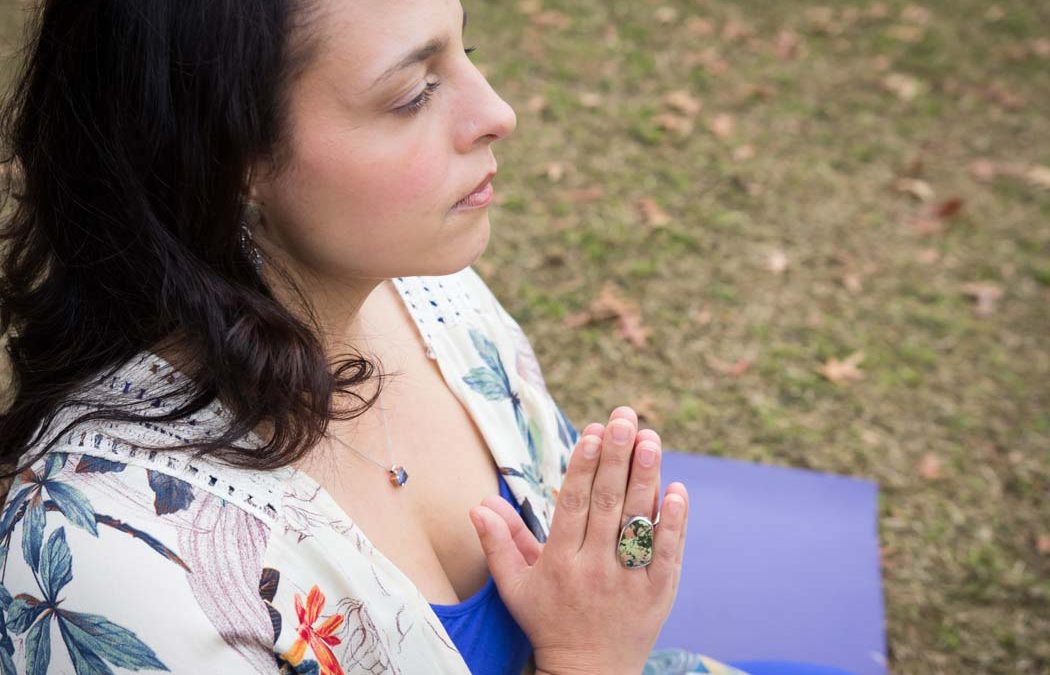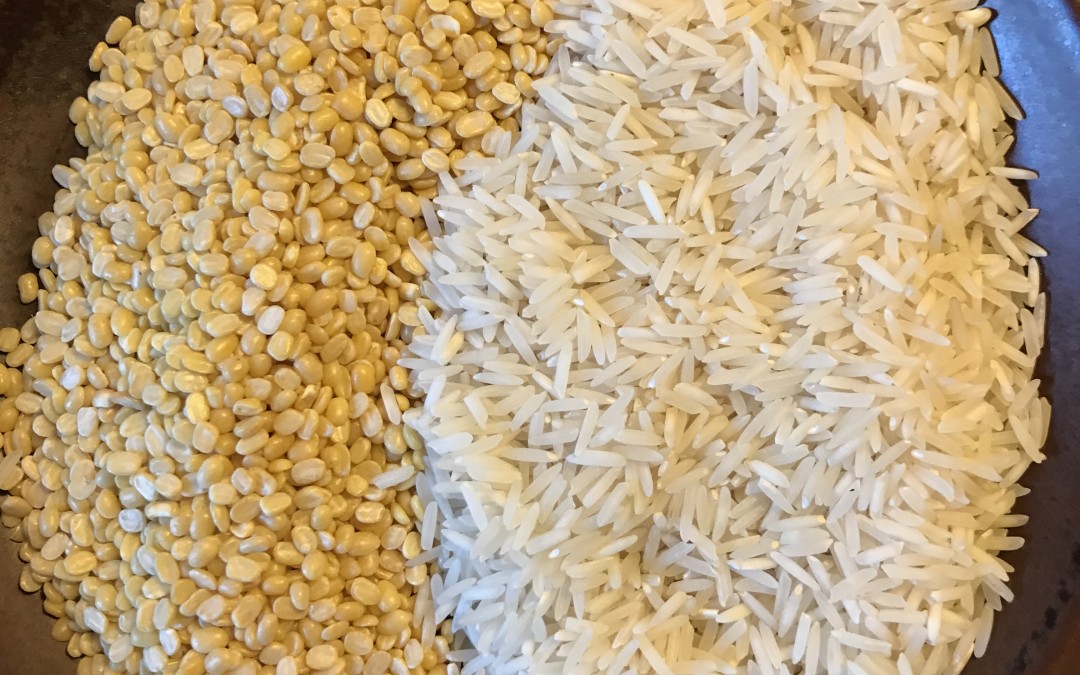
by Brianna | Jun 4, 2024 | food is medicine, Postpartum
Your Postpartum Body written by Courtney Naliboff and Ruth Macy is an empowering book about the remarkable transformation your body makes after carrying a baby. Like Courtney and Ruth, I experienced a traumatic birth and was then left wondering what to do. I sought out many experts and with their guidance and through my yoga practice I allowed my new postpartum body to heal. What I would have given for a book like this with information pertaining to all the things I needed to know. Over these postpartum years, my yoga and meditative practices have helped me during this transition to: take it slow, give myself grace, heal my Diastasis Recti (Known as DR – this is where the central connective line of fascia between your right and left ab stretches creating a physical gap where one did not exist before.), manage my breath, rebuild a more physical practice and recognize the need for rest. This time of healing has given me pause in relation to working as a Yoga Instructor to postpartum bodies. Before becoming one myself, I did have a basic awareness of postpartum bodies but not as much as I should have. For example: I was aware of DR but not that 2/3 of postpartum bodies experience it – nor that many of those bodies aren’t aware. If someone is unaware of an injury there is no way that a teacher can help with modifications. The breath creates a lot of pressure in the container of the torso and if a DR exists much of that pressure will drop down into the bowl of the pelvis....

by Brianna | May 28, 2024 | daily practice, Healing Yoga Practice, personal growth, Postpartum, practice
Retreat offers us a time to ourselves for ourselves. If created with intention a retreat opens a beautiful feeling of spaciousness and bolsters our ability to practice presence in our daily life. Traveling for retreat costs a bomb. Worth it. Absofuckinglutely. Accessible. No. Because of that I began to craft myself personal mini-retreats. Here is how: Wake Early.Speak little.Practice a lot.Eat simply. If you have the available finances add in a special treat like a massage or a sauna. That’s it. That is the recipe of pretty much any retreat I have attended. Now, I try for a mini retreat once a week. I take three hours sans Addy and I practice. Sometimes its restorative and I just roll between the poses. Other times I take an online movement workshop – post covid there are so many good platforms to choose from. Lately I have been ending my practice with a sauna because there is a beautiful one down the street from me. I am approaching thirty years of daily practice, more than half my life committed to this path. Adding these beautiful extended intentional practices enables me to parent in a way that I would not be capable of otherwise. Motherhood without the balm of yoga and meditation is not something I am willing to...

by Brianna | Feb 28, 2024 | Postpartum
Simple soup is the best. This mushroom soup comes together quickly and packs a flavor filled punch. The secret? Dried mushrooms.2 shallots, peeled and halved6 cloves garlic, peeled2 portobello mushrooms – stems removed, rough chop1 cup dried shitake mushrooms (rehydrate in two cups water for 15 minutes)4 cups veggie broth1 TBL of red miso (or another miso) – blended with 1/2 cup waterExcept for the miso add everything to the pot and simmer. When shallots are cooked through turn off heat. When it is cool enough puree soup with an immersion blender (or blend in a blender). Return the soup to warm and stir in the miso-water (once the miso is added be sure that the soup does not boil). Serve and...

by Brianna | Feb 13, 2021 | Healing, Healing Recipes, Postpartum, Simple Soup
If you know me you know that simple soups are my jam. I eat soup year round and often it serves as my breakfast. What ends up in the pot for my soups is usually veggie forward and made with things that are not at their full shine in my fridge. 1 head cauliflower broken into florets (leaves and core removed) 1 shallot 1 zucchini 4 cups veggie broth 3 cups water 1 TBL dried dill Add all the ingredients (excepting the dill) into the pot and simmer until veggies are cooked through. Remove the soup from heat, add dill and blend (I use a hand-blender directly in the pot but you can use a regular blender by blending in batches). Serve with a little salt and enjoy. This soup is also good...

by Brianna | Oct 5, 2017 | food is medicine, Postpartum
Kitchari is an Ayruvedic Indian food that is yummy, simple and good for you. Not only does it cook quickly, it is comforting, filling and easily digested – the perfect trifecta for days I practice and/or teach a lot. This porridge is a staple in Indian households and once you eat it you will understand why. To make it you will need Moong Dal (split mung beans). When something is “Dal” it means it is split in half. When the Mung beans are split they loose their outer skin making them even easier on the digestive system. I don’t know why but I have never seen them in a big box grocery store. Mung Beans, yes. Split Mung Beans, no. But your local Indian Grocery will have them or you can order them from a specialty shop online. Each person makes their Kitachari a little differently, here is the recipe I have been using lately: Fall Kitchari 1 Cup Moong Dal (picked through and rinsed – moong dal does not need to soak) 1/2 Cup Basmati Rice (white – because it is easier on the stomach) 5 cups water or vegetable stock (I default to veggie stock because it gives it a richer flavor but water works) 1 TBL ghee (clarified butter – it can cook at a higher temperature because the milk solids are removed) 1 tsp cumin seeds 1 tsp coriander seeds 1 tsp fennel seeds 1 tsp mustard seeds 1 tsp grated ginger 1 cup of carrots, green beans, zucchini, etc. (optional) First, in sauce pan melt the ghee on medium heat and add the spices...






